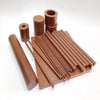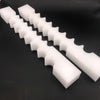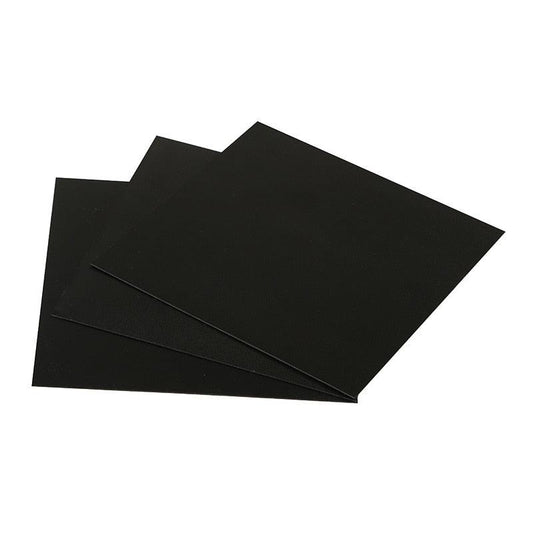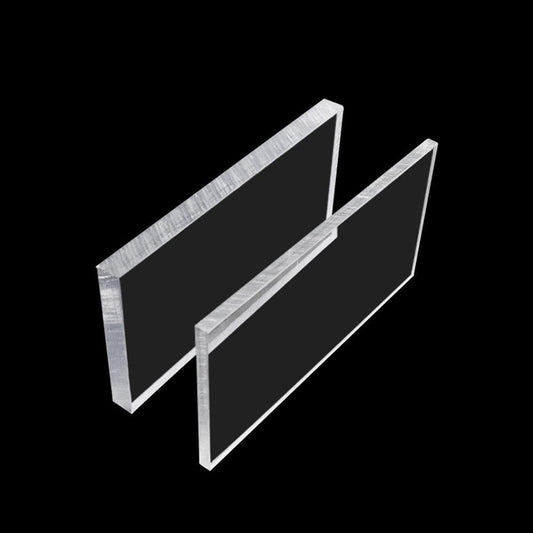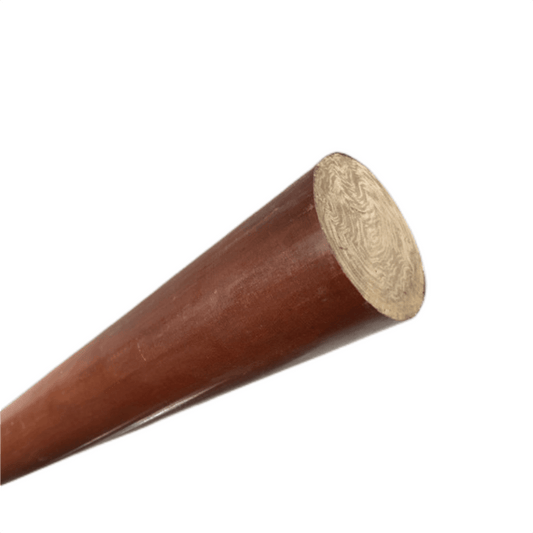Polyetherimide (PEI) is an advanced engineered thermoplastic that has become increasingly popular in the automotive industry. With its unparalleled thermal and mechanical performance, as well as chemical resistance, PEI offers automakers a high-performance plastic that can withstand the demanding requirements of under-the-hood applications.
PEI plastic possesses properties that make it an ideal material for both structural and non-structural automotive components. Keep reading to learn more about how PEI is being utilized by innovative auto manufacturers.
PEI Properties Ideal for Automotive Applications
High Heat Resistance and Mechanical Strength
With a glass transition temperature of 217°C and continuous-use temperature of 170°C, PEI provides a large safety margin for parts and components exposed to high heat environments. The material retains good tensile and flexural strength at elevated temperatures.
PEI's inherent flame resistance also allows it to meet strict flammability standards for vehicle interior and under-hood components.
These thermal and mechanical properties allow PEI to be used for plastic car components such as connectors, sensors, fuse boxes, and relay housings located in hot zones near the engine. PEI is also suitable for air intake manifolds and resonators.
Chemical and Flame Resistance
In addition to heat performance, PEI offers excellent broad-spectrum chemical resistance. The material demonstrates resistance to oils, fuels, coolants, and other aggressive automotive fluids.
PEI meets UL 94 V-0 flammability ratings at very thin wall thicknesses, a crucial safety requirement for automotive parts. It can withstand prolonged exposure to lipids, hydrocarbons, and other automotive fluids without degrading.
Dimensional Stability
Parts molded from PEI retain their shape even when exposed to dramatic temperature swings and dynamic mechanical loads. PEI demonstrates low moisture absorption compared to other engineering plastics.
This dimensional stability allows PEI to be precision-molded into intricate components that must maintain strict tolerances during vehicle operation.

PEI Use Cases in Automobile Production
Under-the-Hood Components
The high continuous-use temperature capabilities of PEI make it a problem-solving material choice for plastic components situated in cramped, hot engine compartments.
PEI is used for connectors, sensors, fuse boxes, and relay housings in close proximity to the engine and exhaust manifold. These parts are constantly exposed to radiant heat from the engine along with road splash from rain or mud. PEI withstands these conditions while providing precision electrical interfaces.
For auxiliary components like resonators and intake manifolds, PEI’s performance at high temperatures reduces the risk of deformities that can cause air leaks. The material’s low moisture absorption also prevents vacuum leaks.
Exterior Parts
For plastic components used on a vehicle’s exterior, such as mirror housing, cowlings, and trim, PEI demonstrates the ability to maintain appearance and dimensional integrity through years of UV exposure and weathering.
PEI possesses high strength and stiffness balanced with impact resistance—important mechanical properties for plastic body panels and other automotive structural parts. The material avoids breaking or losing shape even when subjected to stone and gravel impact.
Oil and Fuel Systems
Maintaining consistent flow and pressure of automotive fluids is critical for engine performance. PEI’s inertness allows it to withstand prolonged contact with hydrocarbon-based oils and fuels without degradation over thousands of hours of driving.
PEI fuel system components, such as delivery, cooling, and evaporation lines, can optimally balance chemical resistance with temperature and fatigue performance. Advanced PEI grades also provide the purity and metal release standards demanded by automotive fluid contact applications.

PEI in Emerging Auto Technologies
Electric Vehicles
The current wave of electric vehicle innovation has created complex thermal management challenges. Battery packs, motors, and power control electronics generate substantial heat that must be dissipated to prevent malfunctions.
PEI possesses the ideal balance of properties for EV thermal management systems. Excellent dielectric strength and conductivity allow PEI to play a dual role of structural support and heat dissipation in battery packs and power junctions.
Lightweighting
Automakers continuously seek ways to engineer lighter vehicles that boost fuel efficiency and driving performance. Replacing metal components with plastic can significantly cut weight.
PEI is being used as a metal replacement for automotive mirror brackets, seat structures, door handles, and other interior parts. The material’s strength-to-weight ratio surpasses metals while enabling greater styling freedom and processability.
PEI provides an advanced plastic solution capable of surviving the demanding temperature, chemical, and mechanical stresses within modern vehicle manufacturing. Auto engineers specify PEI when reliability and consistency are necessities in their designs.
Moving forward, expect leading automotive brands to utilize innovative grades of PEI as they push the boundaries of electric and autonomous vehicle development. With its versatility and performance, PEI plastic will continue finding new roles both under the hood and inside the automobile.



